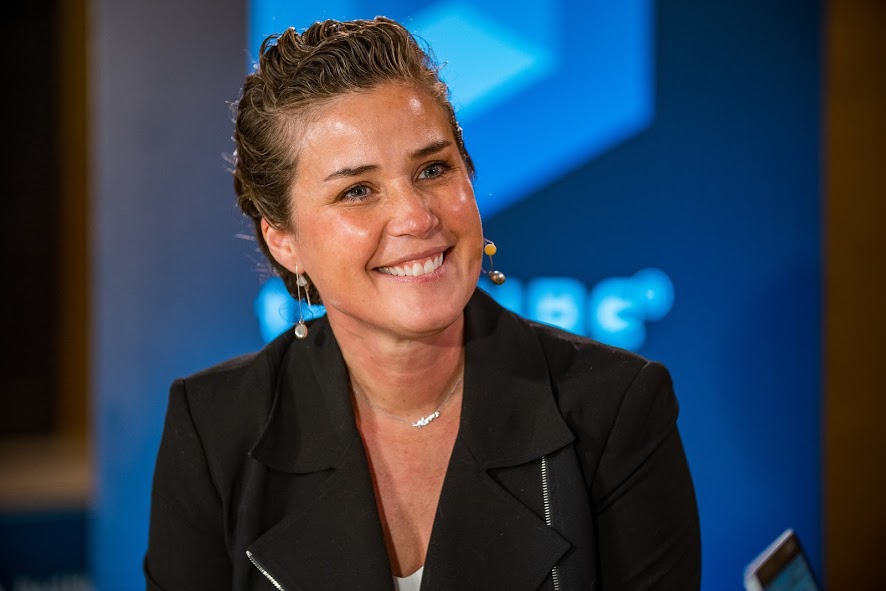 CLOUD
CLOUD
 CLOUD
CLOUD
 CLOUD
CLOUD
When Red Hat Inc. officially rolled out its Red Hat Enterprise Linux 8, or RHEL 8, operating system in May, the open-source software company also included Red Hat Insights with every subscription for the new release. Based on data supplied by one of the company’s top executives, that has proven to be a wise decision.
Insights is a software as a service product that works from a rules-based engine to offer continuous connected analysis of registered Red Hat-based systems.
“We’ve seen an 87% increase since May in the number of systems that are linked in,” said Stefanie Chiras (pictured), vice president and general manager of the RHEL Business Unit at Red Hat. “We’re seeing a 33% increase in coverage of rules-based and a 152% increase in customers who are using it. That creates a community of people using and getting value from it, but also giving value back because the more data we have the better the rules get.”
Chiras spoke with John Furrier (@furrier) and Stu Miniman (@stu), co-hosts of theCUBE, SiliconANGLE Media’s mobile livestreaming studio, during the AnsibleFest event in Atlanta, Georgia. They discussed how Insights helped remediate a serious processor vulnerability and the value of automation in strengthening skills (see the full interview with transcript here). (* Disclosure below.)
Insights has proven to be a useful tool for system security, especially when it is combined with Red Hat’s Ansible playbook, an automation tool for server configuration management. At the end of May, Red Hat’s engineering team worked with Insights-linked customers to scan systems for hardware processor vulnerabilities known as Spectre/Meltdown, according to Chiras.
“With the customers who had systems hooked up, they found 176,000 customers who had systems that were vulnerable to Spectre/Meltdown,” Chiras said. “We had an Ansible playbook that could remediate that problem, and we proactively alerted those customers.”
By rolling an Insights subscription into the latest version of RHEL, Red Hat’s goal is to offer customers a choice of automation tools across the hybrid cloud world while raising the skill set of the user base.
“Our goal is to provide a single experience that can be on-premises or off-premises and provide value to both as you choose to deploy,” Chiras explained. “Skills are key. Automation that helps with skills development helps not only individuals, but the company.”
Watch the complete video interview below, and be sure to check out more of SiliconANGLE’s and theCUBE’s coverage of the AnsibleFest event. (* Disclosure: TheCUBE is a paid media partner for AnsibleFest. Neither Red Hat Inc., the sponsor for theCUBE’s event coverage, nor other sponsors have editorial control over content on theCUBE or SiliconANGLE.)
THANK YOU